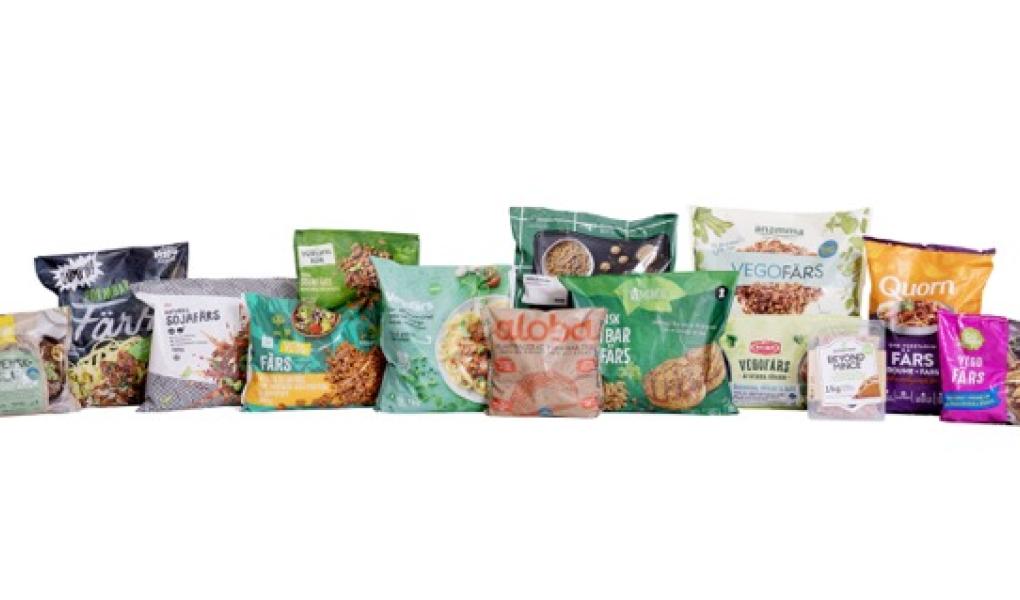Veggie mince has quickly become a popular alternative to regular mince in many households. This is a part of a long-term trend where Swedes reduce their meat intake from beef and pork.
But how well does veggie mince meet our nutritional needs compared to a "regular" mince?
To answer these questions, Testfakta tested 14 different brands on the Swedish market. The chemical analysis of the nutrients was carried out at the Finnish laboratory Measurlabs in Helsinki, while a taste panel assessed taste, aroma, texture, and appearance.
The nutritional analysis mapped the product’s energy content, protein composition, levels of vitamin B12 and minerals selenium, zinc, and iron. Key results:
- Up to 50-60 percent of the energy can come from carbohydrates, which meat does not have.
- Protein content varies widely, with some being at the same level as ground beef, while others reach barely half the level of ground beef.
- The fat content is usually considerably lower. The majority are well below ground beef’s 10 percent. Just one brand serves as an exception, with 17 percent fat content.
- None of the veggie minces contribute nutritionally with vitamin B12, unlike the beef mince. A lack of B12 may result in anaemia.
To assess nutrient absorption, the levels of phytic acid were analysed. High levels of phytic acid make it difficult for the body to absorb minerals, especially iron and zinc. Phytic acid is found naturally in grains, soy, brown rice, legumes, nuts, and seeds.
If you only eat vegetarian and have a high need for iron, it is important to eat a well-composed diet where the phytic acid does not limit the intake of iron, or that you make sure you get enough iron via other supplements. For teenage girls, iron supplementation is especially important. Teenage girls suffer from anemia (lack of red blood cells) to a greater extent than other groups because of menstruation starting at the same time as the body grows.
The content of iron and zinc varies greatly in the different veggie minces, where some are well on the same level as the beef mince and others significantly lower. But even if the content of iron and zinc is relatively high, the question is how important the amount of phytic acid is for the body's nutrient absorption.
Doctor of Technology in Food Science, Inger-Cecilia Mayer Labba, has recently completed her dissertation on the impact of the green protein shift on health. She states that the veggie mince consistently has a low bioavailability compared to the beef mince.
– A low availability means that the body will not be able to absorb more than just a few percent. At these levels, the body will be able to absorb about 3-4 percent of the content. That can be compared with iron from meat, where you usually count on an absorption of just over 20 percent. In other words, there is a big difference even when the total content of iron and zinc is higher in the vegetarian product. This clearly shows the need for process innovations that enable the nutrition in the products to be better absorbed by the body.
For further details you can find the complete article and results (in Swedish) here.

